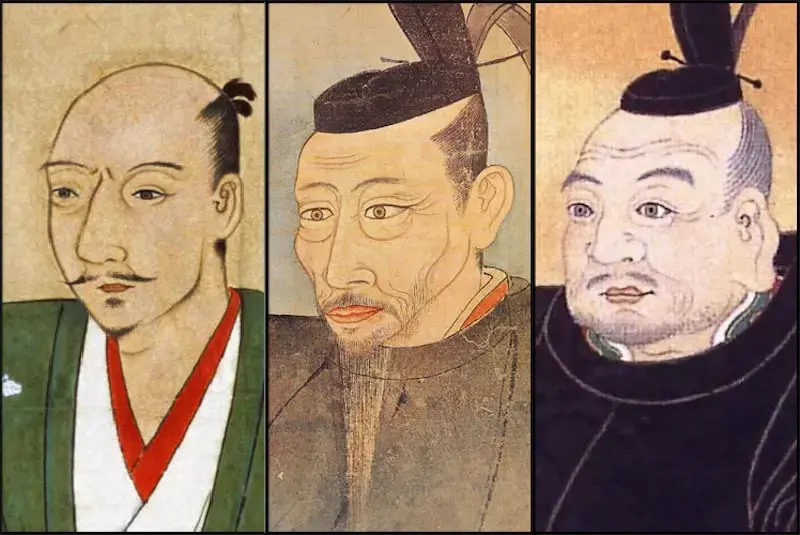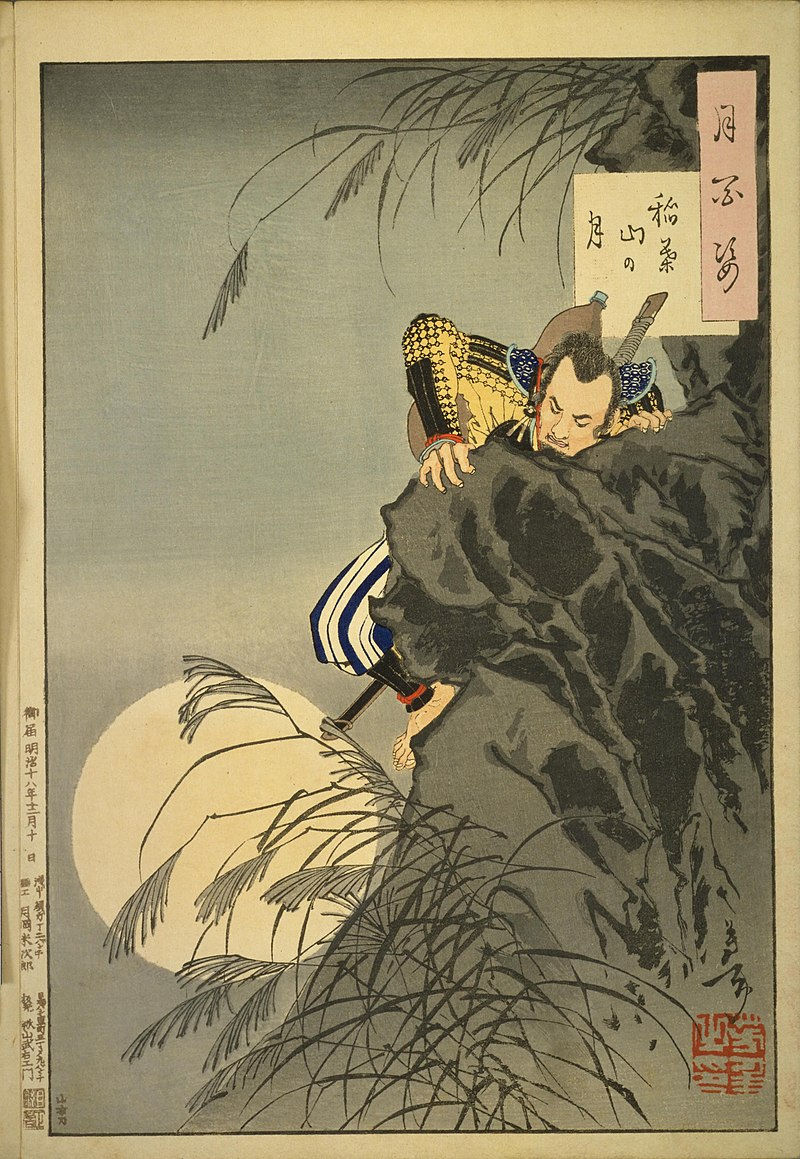Three Great Unifiers
- 2304583d
- Aug 4, 2024
- 3 min read

The Three Great Unifiers of Japan (三英傑/さんえいけつ), are Oda Nobunaga, Toyotomi Hideyoshi, and Tokugawa Ieyasu. These three daimyo played pivotal roles in the late Sengoku period, ultimately leading to the unification of Japan after decades of civil war and fragmentation. Each of these leaders contributed uniquely to the process of unification and the establishment of a stable, centralized government.
Oda Nobunaga (1534–1582)
Early Life and Rise to Power:
Origins: Oda Nobunaga was born into a minor daimyo family in Owari Province (present-day Aichi Prefecture). He inherited his father's position as head of the Oda clan at a young age.
Initial Conquests: Nobunaga quickly demonstrated his military prowess by defeating rival factions within his clan and expanding his territory. Key Achievements:
Battle of Okehazama (1560): Nobunaga's decisive victory over the much larger Imagawa Yoshimoto's forces marked his rise to prominence.
Control of Kyoto: In 1568, Nobunaga marched to Kyoto and installed Ashikaga Yoshiaki as the shogun, effectively gaining control over the capital and the central government.
Innovations in Warfare: Nobunaga was known for his innovative use of firearms, battlefield tactics, and castle designs, which gave him a significant advantage over his rivals. Legacy:
Administrative Reforms: Nobunaga implemented various administrative and economic reforms, including the promotion of free markets and the reduction of toll barriers, which helped to stabilize and unify the regions under his control.
Religious Policy: Nobunaga took a hard stance against Buddhist militant sects, particularly the Ikko-ikki, and destroyed many of their strongholds. Death:
Honnō-ji Incident (1582): Nobunaga's life was cut short when he was betrayed by one of his generals, Akechi Mitsuhide, and forced to commit seppuku (ritual suicide) at Honnō-ji Temple in Kyoto.
Toyotomi Hideyoshi (1537–1598)
Early Life and Rise to Power:
Humble Origins: Toyotomi Hideyoshi, originally named Hashiba Hideyoshi, was born to a peasant family. He rose through the ranks as a loyal retainer of Oda Nobunaga.
Military Leadership: After Nobunaga's death, Hideyoshi quickly avenged his lord by defeating Akechi Mitsuhide at the Battle of Yamazaki and consolidating power. Key Achievements:
Unification of Japan: By 1590, Hideyoshi had successfully unified Japan through a combination of military conquest, strategic alliances, and diplomacy. His final major victory was the Siege of Odawara, where he defeated the Hojo clan.
Administrative Reforms: Hideyoshi implemented several important reforms, including land surveys (the Taiko's land survey) to assess and tax agricultural productivity, a rigid class system separating warriors from peasants, and the confiscation of weapons from peasants (the "Sword Hunt"). Cultural and Political Contributions:
Construction Projects: Hideyoshi initiated grand construction projects, including the building of Osaka Castle and the improvement of infrastructure.
Foreign Policy: Hideyoshi attempted to expand Japan's influence overseas through invasions of Korea (1592–1598), which ultimately ended in failure but demonstrated his ambition. Death:
Succession Issues: Hideyoshi's death in 1598 led to a power struggle among his generals, as his son and designated heir, Toyotomi Hideyori, was still a child.
Tokugawa Ieyasu (1543–1616)
Early Life and Rise to Power:
Hostage and Daimyo: Born into the Matsudaira clan, Ieyasu spent much of his early life as a hostage of the Imagawa clan. After the Imagawa's defeat, he aligned himself with Oda Nobunaga and then Toyotomi Hideyoshi, steadily increasing his power.
Strategic Alliances: Ieyasu was known for his patience, strategic marriages, and alliances, which helped him consolidate power in the Kanto region. Key Achievements:
Battle of Sekigahara (1600): Ieyasu's victory at the Battle of Sekigahara was the decisive moment that paved the way for his dominance over Japan. This battle effectively ended the power struggles among the daimyo.
Establishment of the Tokugawa Shogunate (1603): In 1603, Ieyasu was appointed shogun by Emperor Go-Yozei, marking the beginning of the Tokugawa shogunate, which would rule Japan for over 250 years. Legacy:
Centralized Feudalism: Ieyasu implemented a system of centralized feudalism that balanced power between the shogunate and the daimyo. He established a strict class hierarchy and a stable administrative system.
Sakoku Policy: The Tokugawa shogunate enforced a policy of national isolation (sakoku) to control foreign influence and maintain stability, which lasted until the mid-19th century.
Economic and Cultural Development: The period of peace and stability under the Tokugawa shogunate allowed for significant economic growth and cultural development in Japan. Death:
Succession and Legacy: Ieyasu retired in 1605, passing the title of shogun to his son Tokugawa Hidetada, but continued to wield power behind the scenes until his death in 1616. His legacy continued through the Tokugawa shogunate, which maintained peace and stability in Japan until the Meiji Restoration in 1868.
Conclusion
The Three Great Unifiers—Oda Nobunaga, Toyotomi Hideyoshi, and Tokugawa Ieyasu—each played crucial roles in ending the chaos of the Sengoku period and establishing a unified and stable Japan. Their efforts laid the foundation for the long-lasting Tokugawa shogunate, which brought an era of peace and prosperity to Japan. Their legacies are remembered for their contributions to the political, social, and cultural development of Japan.




Comentarios